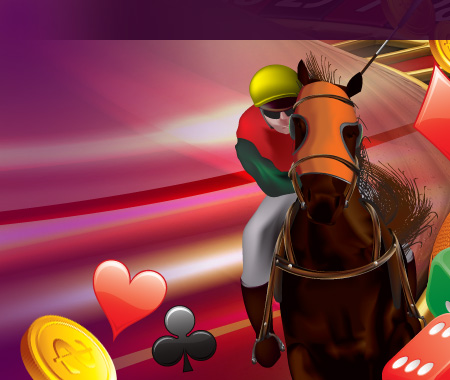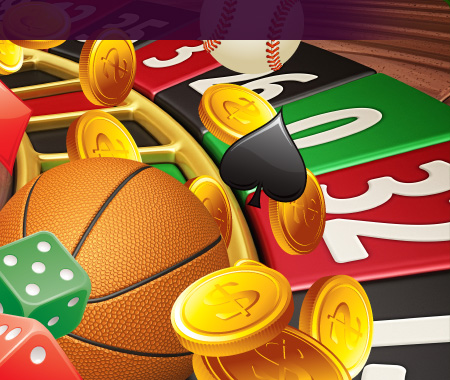Free Blackjack Tips
Dear Mark,
Using Atlantic City Blackjack rules with my computer, I ran an experiment and I played many hundred of hands. When I was dealt two hard tens and the dealer had either a five or six showing, instead of standing pat, I split the tens and doubled down. At least 75 percent of the time the dealer broke, and I won on both hands.
I realize this is an unorthodox play, but it seemed to work, at least when I do it on the computer. I also have done it at Atlantic City much to the chagrin of other players, and I would guess I have won about 75 percent of the time there too.
Am I on to something good or should I revert to the standard play of standing with this hand? Morris S.
Except for John Scarne, all gaming writers I have ever read recommend against ever splitting 10s in the standard version of blackjack. But John Scarne's book, Scarne on Cards, was first published in 1949, well before computers could analyze blackjack with multi-million hand simulations. Consequently, since 1962, when Edward Thorp, (the first blackjack specialist using a computer (IBM 704)) published his book, Beat the Dealer, no blackjack author recommends splitting 10s under any circumstances.
Our friend Scarne stands alone except for you, of course.
While running a couple hundred computer hands can warm up your fingers, it's no way to accurate evaluate splitting 10s. Heck, you can flip a fair coin 200 times and have it come down heads 75% of the time, but we both know that in the long run, it's a 50/50 proposition.
But your question is an intriguing one, Morris, so I've gone a step further and took the liberty of running a 20 million-hand simulation test using a piece of software called BJ Trainer. The results clearly favored no splittum, the technical term for leaving those 10s alone rather than splitting them against a 5 or 6.
There is, however, one time when it is proper basic strategy to split 10s and that is on a Face-up Blackjack game. In Face-up Blackjack, all the cards dealt are exposed, including both of the dealer's cards. Only here does correct strategy call for splitting 10s against a dealer's 13, 14, 15, or 16.
But, before scampering to the nearest Face-up game and twinning those tens, reflect on the fee involved: the casino edge on regular blackjack, using perfect basic strategy, is 0.4% and on Face-up it's five times that yup, 2.0 fat percent. Wow! And why is that? Because in Face-up you lose when you push (tie).
Dear Mark,
Recently, a dealer was not even halfway through the shoe and the cut card appeared and she shuffled-up. Next round, even fewer cards were dealt before she had to shuffle again. Seems she was doing more shuffling than dealing. What gives? Stewart S.
"This gives," Stewart. Management at the joint where you played is panicky over the possibility that some customers' cerebra are alive they're thinking! There might be here and there among them CARD COUNTERS!
Personally, I believe if those timorous stewards of gambling were to conduct time and motion studies of their blackjack games, they would find out that blackjack becomes more profitable for the casino when the dealer's shuffle points are deeper. By allowing additional deck penetration, the dealers will deal more hands per hour, the extra action more than making up for an occasional loss to a card sharpie.
Besides, since they employ pit bulls to run off the counters anyway, they're just erecting a super umbrella over their standard umbrella, and, I think, using a nickel to protect a penny.
FROM OUR EMAIL
- Black Jack Tips
- Craps Strategies
- Four Card Poker
- Jacks or Better Basic Strategy
- Roulette Strategies
- Slot Machine Strategies
- Video Poker Tip



